This article was co-authored by Cara Piskai. Dr. Cara Piskai, DMD is an Orthodontist and the Owner of Piskai Orthodontics in Voorhees, New Jersey. She has over five years of experience in orthodontics and dentofacial orthopedics. She completed a Doctor of Dental Medicine degree at the University of Pennsylvania School of Dental Medicine. She completed her residency and earned a Specialty Certificate in Orthodontics and a Master's degree in Oral Sciences at the University of Illinois-Chicago. Dr. Piskai is board-certified by the American Board of Orthodontics and is a member of the American Association of Orthodontists (AAO). She holds a position on the U.S. News & World Report Medical Review Board.
There are 15 references cited in this article, which can be found at the bottom of the page.
This article has been viewed 14,303 times.
You’ve been wearing that Invisalign tray for a while, and now it’s time to stick a new tray in! If you have forgotten how to do it, that is okay! This wikiHow will help you through the whole process of placing a new Invisalign tray in.
Steps
-
1Take your old Invisalign tray out. You can do this by simply reaching behind the back of your tray and applying pressure on it until it pops out.[1]
- If your tray is “stuck”, you can try taking it out from both sides. To do this, reach with both hands and loosen it from the back teeth first, then loosen it from the front teeth. On the upper arch, loosen the aligner first from the inside portions of the back teeth, then move to the outside portions of the back teeth, then the front teeth. Apply pressure until both sides pop out. If this fails, you can tug on the tray from the front.
- If you have “buttons” also known as Invisalign attachments, it might be a little tighter, so apply more pressure than usual.[2]
- Never take your trays out from the front if you have attachments. Doing this could break the attachments.[3]
-
2Brush and clean your teeth. Brush your teeth for 2 minutes, then floss and rinse your mouth before sticking a new tray in. Having a clean mouth means having a clean start.[4]
- Don’t worry about brushing too hard or brushing in a special way. Attachments are not like brackets, so they do not require special attention. Brush your teeth like normal.[5]
- Brushing your teeth is not necessary, however, it is highly recommended by orthodontists. [6]
- For a more refreshed feel, rinse your mouth with mouthwash. This is optional. Some people like to rinse with mouthwash, others do not. Do whatever is best for you.
Advertisement -
3Rinse the new Invisalign trays. Open the package containing your new Invisalign trays and then rinse the new trays with water. A plastic taste might seep into your mouth if they aren’t quickly cleaned.[7]
- At this point, do not throw your old trays out. You might still need them if your new trays do not fit. [8]
- You can also clean your new trays with the “cleaning crystals” that you should have. However, rinsing is usually enough.[9]
- To use cleaning crystals, set your trays down on a flat surface and pour a few crystals into your trays. Wet your toothbrush and begin brushing your trays. The crystal will dissolve into your trays and brighten your trays. [10]
-
4Make sure they fit. If your trays are too tight, simply wear your previous trays for another day or two. It is better to not rush; otherwise, you could cause root damage.[11]
- The easiest way to tell if the trays fit or not is to see how easily you can take them in and out of your mouth. If they are really tight and require a lot of pressure to take off, then you are not ready to switch trays yet.
- If your trays feel way too tight and they cause you extreme pain, you should wear your previous trays for an additional day. Trays that fit way too tightly should not be worn.
- Note that they will be a bit snug at first no matter what, but this is completely normal. As long as they don't hurt a lot, you should be fine.
- If you want to reduce soreness when changing to a new tray, try switching your aligner at night before bed. This ensures several hours of continuous aligner wear and can help decrease soreness.
- You can use “chewies” to help them fit at first. To use the chewies, place them in between trays, and bite up and down on the chewies until your Invisalign fits tighter.[12]
-
5Treat any soreness. Your teeth might hurt and be sore for the first few days you have new trays in because the teeth are moving to a new position. Learning how to deal with orthodontic pain will help your Invisalign journey be easier and less painful. [13] [14]
- Holding a cold cloth up to your face can help relieve the pain. Resting the cloth on your gums can also work too.
- Sucking on ice cubes can help to numb the pain.
- If you are in a lot of pain, consider taking over the counter medicine to help relieve it. Ask your doctor or dentist about pain killers that work. Tylenol, Advil, and aspirin are the most popular choices in places like North America when it comes to orthodontic pain. Do not overdose yourself or your child when using medication. Use only the amount prescribed to you by the instructions or your doctor.
- Massaging your jaw and gums helps the circulation. Massaging your mouth area helps to relieve the pain.
- Using wax strips can sometimes help to relieve the pain. To use them, take a tiny bit of the wax and place it where the tray/teeth hurt.[15]
- If any portion of the tray is sharp, use your Invisalign filer to make it smooth. The filer works like a nail filer so simply file off the sharp part of the tray until it feels smooth.[16]
- Do not file the tray off too much, otherwise it could be ineffective in moving your teeth. To avoid filing off too much of the tray, only file until the tray looks/feels right. Once the tray is smooth, stop filing.
-
6Eat the right foods for Invisalign. Invisalign wearers should eat soft foods like pasta and soup for the first day or so they have new trays in. This is mostly because your teeth will be in less pain if you are eating soft foods.[17]
- Consult your orthodontist about foods that you can eat with Invisalign. Some foods you can even eat with your Invisalign in!
- Some of the best foods to eat when putting a new tray in are:
- Berries & Fruit
- Cooked vegetables
- Pasta and bread
- Soup
- Soft meats such as fish
-
7Always check in with your orthodontist if anything seems off or unusual. They will be happy to help, and they are there to make your smile perfect!
- Things that might seem off or unusual would be extreme pain, trays that don’t fully cover the teeth, broken parts of a tray, teeth not tracking (aka teeth not moving accordingly) and trays that are too big or too small for the teeth.
Expert Q&A
-
QuestionWhat helps with sore teeth from Invisalign?
 Cara PiskaiDr. Cara Piskai, DMD is an Orthodontist and the Owner of Piskai Orthodontics in Voorhees, New Jersey. She has over five years of experience in orthodontics and dentofacial orthopedics. She completed a Doctor of Dental Medicine degree at the University of Pennsylvania School of Dental Medicine. She completed her residency and earned a Specialty Certificate in Orthodontics and a Master's degree in Oral Sciences at the University of Illinois-Chicago. Dr. Piskai is board-certified by the American Board of Orthodontics and is a member of the American Association of Orthodontists (AAO). She holds a position on the U.S. News & World Report Medical Review Board.
Cara PiskaiDr. Cara Piskai, DMD is an Orthodontist and the Owner of Piskai Orthodontics in Voorhees, New Jersey. She has over five years of experience in orthodontics and dentofacial orthopedics. She completed a Doctor of Dental Medicine degree at the University of Pennsylvania School of Dental Medicine. She completed her residency and earned a Specialty Certificate in Orthodontics and a Master's degree in Oral Sciences at the University of Illinois-Chicago. Dr. Piskai is board-certified by the American Board of Orthodontics and is a member of the American Association of Orthodontists (AAO). She holds a position on the U.S. News & World Report Medical Review Board.
Orthodontist An over the counter pain medication, such as Tylenol or Advil, can be taken as needed until the soreness subsides.
An over the counter pain medication, such as Tylenol or Advil, can be taken as needed until the soreness subsides.
Warnings
- Never try to force trays into your mouth too early. Doing this to shorten your treatment might cause severe root damage.⧼thumbs_response⧽
Expert Interview

Thanks for reading our article! If you'd like to learn more about wearing a new Invisalign tray, check out our in-depth interview with Cara Piskai.
References
- ↑ https://www.youtube.com/watch?v=y9iZhyd0DTQ
- ↑ https://cheninortho.com/wp-content/uploads/invis.pdf
- ↑ https://idental.com.sg/resources/7-handy-tips-to-remove-your-invisalign-aligner-i-dental/
- ↑ https://oasect.com/wp-content/uploads/2021/12/Invisalign-Instructions-Aligners.pdf
- ↑ https://oasect.com/wp-content/uploads/2021/12/Invisalign-Instructions-Aligners.pdf
- ↑ https://www.cygnetorthodontics.co.uk/wp-content/uploads/2021/07/Invisalign-Fit-PDF-Cygnet-Orthodontics.pdf
- ↑ https://www.dr-orthodontics.com/wp-content/uploads/2019/10/Invisalign-Instructions-1.pdf
- ↑ https://www.teethfaq.com/should-keep-invisalign-trays/
- ↑ https://www.eagleortho.com/wp-content/uploads/2019/02/EagleOrtho-Invisalign.pdf
- ↑ https://www.tisserontorthodontics.com/blog-post/invisalign-cleaning-crystals
- ↑ https://www.gpso.org/events/2003_outline.pdf
- ↑ https://c2-preview.prosites.com/199734/wy/docs/PDF_Invisalign%20Care%20and%20Use.pdf
- ↑ https://www.dr-orthodontics.com/wp-content/uploads/2019/10/Invisalign-Instructions-1.pdf
- ↑ https://gogreenortho.com/more-ways-to-relieve-invisalign-pain/
- ↑ https://www.milestoneorthodontics.com/how-to-make-invisalign-more-comfortable/
- ↑ https://www.youtube.com/watch?v=Yk5oyjkC6-o
- ↑ https://www.aloradentistry.com/successful-tips-and-the-best-foods-to-eat-during-invisalign-treatment-napa-ca/
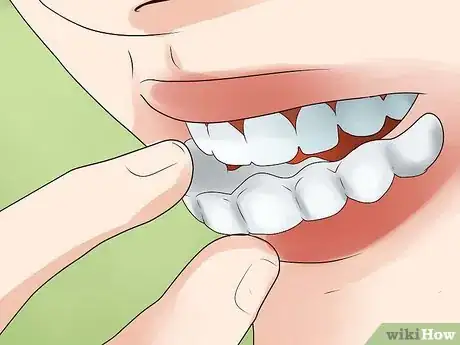
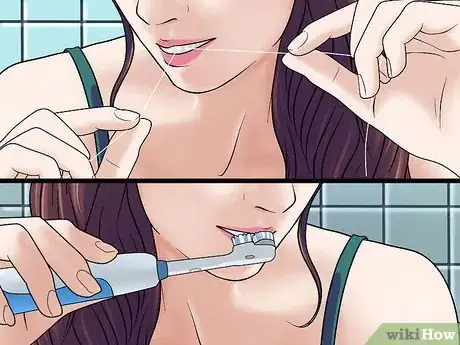
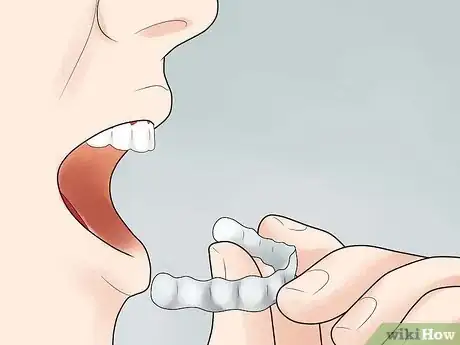


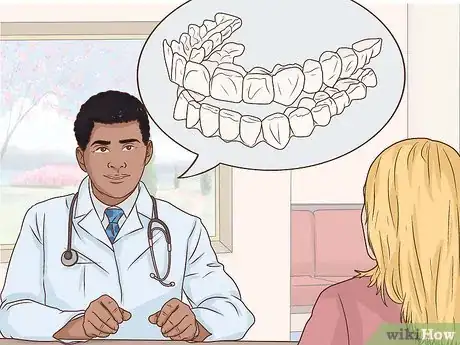

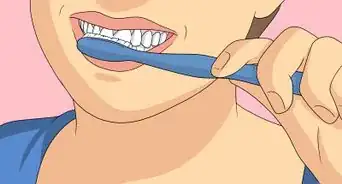

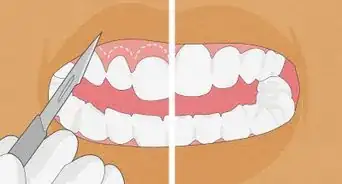

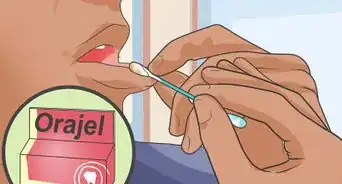


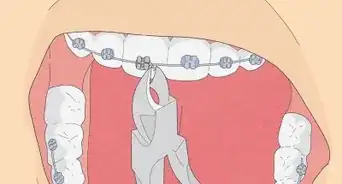
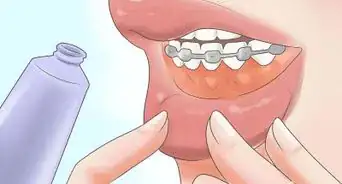
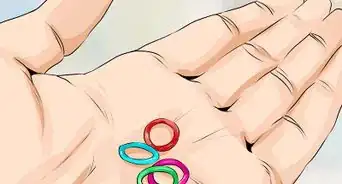
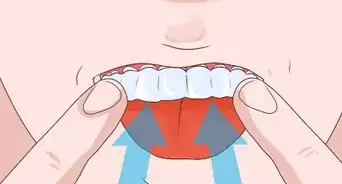










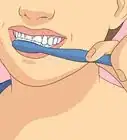

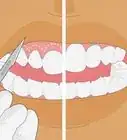



































Medical Disclaimer
The content of this article is not intended to be a substitute for professional medical advice, examination, diagnosis, or treatment. You should always contact your doctor or other qualified healthcare professional before starting, changing, or stopping any kind of health treatment.
Read More...